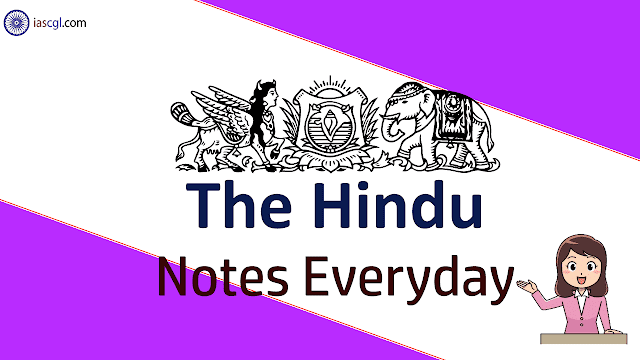Read The Hindu Notes of 21st May 2019 for UPSC Civil Service Examination, State Civil Service Examination and other competitive Examination

- Why the BJP is not invincible in Uttar Pradesh
- Moral ambiguity on the Rohingya
- Eye on the monsoon
- Yemen’s woes
- The case against war on Iran
- A jibe that marked a new low in electoral politics
- The purpose of art
Why the BJP is not invincible in Uttar Pradesh
The SP-BSP’s social arithmetic signposts Hindutva’s failure to subsume identity politics
Shaky narrative
The 2014 singularity
Mandal 2.0
Original battleground
Moral ambiguity on the Rohingya
India must break its silence on the gross human rights violations by Myanmar

A deference
Arms and business ties
Through Dhaka’s lens
Eye on the monsoon
States must set up new recharging wells and improve existing ones on a war footing
Yemen’s woes
The Saudi airstrikes on Sanaa risk tipping the country back to pre-ceasefire days
The case against war on Iran
U.S. military action could trigger multiple conflicts in the Gulf
Morally wrong
Iran is not Iraq
Using diplomacy
A jibe that marked a new low in electoral politics
Public discourse has reached its nadir, and the Prime Minister symbolises it
Stooping low
A reluctant politician

0Comments